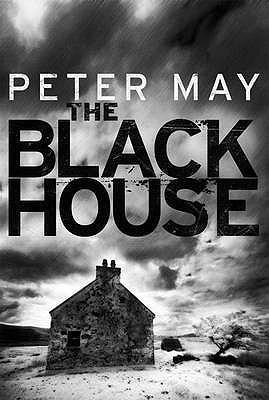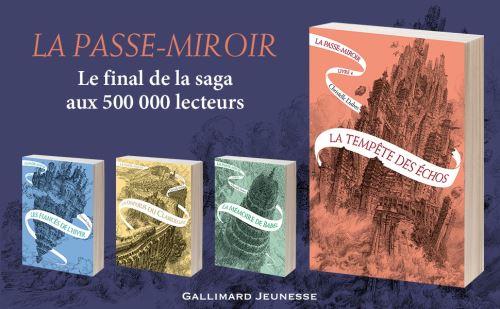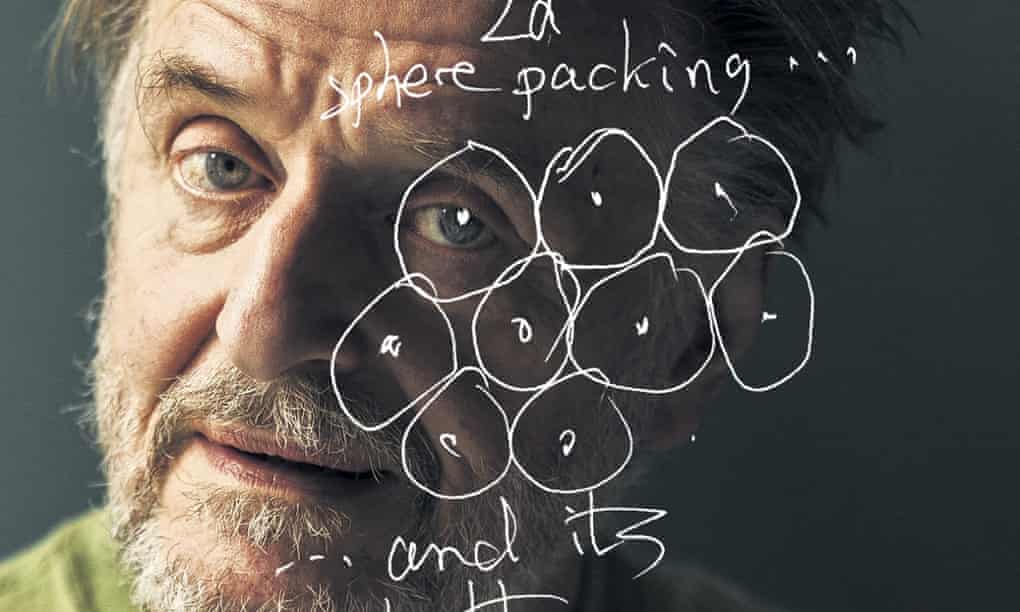“I believe neither in luck nor in destiny, I trust only the science of probabilities. I have studied mathematical statistics, combinatorial analysis, mass functions, and random variables, and they never have held any surprise for me.”
Over the past weeks, I read both second and third volumes of The Mirror Visitor series, by Christelle Dabos, keeping to the (remarkable) English translation. With a new dramatic challenge and a new location facing the heroine in each volume, following the classical unities!, although the overall goal of defeating “God” remains. Enjoying both the universe building and (mostly) the heroine’s perspective, much less the repeating pattern of her interactions with her almost abusive husband. And even less the communitarianisation of people by their magical skills (albeit a common flaw in fantasy literature!). While possibly slowing down, the third volume remains a page turner and reenacts another common feature of YA fantasy books, namely the magician school, albeit with a welcome distanciation from Ophelia who suffers it to reach the “finis Africae” of the Babel library (which obviously reminded me of Borges). And still enjoying the covers by Laurent Gapaillard!
 I also read Peter May’s Black House, a detective story about an perplexing (of course!) murder, coupled with a trauma reminisced by the main (?) character (or the reverse). The scene is the Isle of Lewis, Scotland, part of the Outer Hebrides along with Harris, of tweed fame. And quite distinct from the rest of Scotland. Inducing well-done if somewhat repetitive descriptions of the landscape and the weather. Actually the book insists way too much on these peculiarities and seems intent in going through all of them (crofters, chessmen, peat harvesting, rigid Presbyterianism, Gaelic speakers, and gannet hunting). Nonetheless, it presents an interesting triangle between the main characters and, while the reasons leading to the murder require some suspension of belief due to the excessive accumulation of terrible deeds, the reminiscence (and lack thereof) of the adult detective of his childhood is well done, although he does not emerge that well from the unraveling of his younger self, even when comparing with other Tartan noir characters like McIlvanney’s Laidlaw and Rankin’s Rebus. I hope the following volumes keep the same tension, despite the idiosyncrasies of the place being exhausted…
I also read Peter May’s Black House, a detective story about an perplexing (of course!) murder, coupled with a trauma reminisced by the main (?) character (or the reverse). The scene is the Isle of Lewis, Scotland, part of the Outer Hebrides along with Harris, of tweed fame. And quite distinct from the rest of Scotland. Inducing well-done if somewhat repetitive descriptions of the landscape and the weather. Actually the book insists way too much on these peculiarities and seems intent in going through all of them (crofters, chessmen, peat harvesting, rigid Presbyterianism, Gaelic speakers, and gannet hunting). Nonetheless, it presents an interesting triangle between the main characters and, while the reasons leading to the murder require some suspension of belief due to the excessive accumulation of terrible deeds, the reminiscence (and lack thereof) of the adult detective of his childhood is well done, although he does not emerge that well from the unraveling of his younger self, even when comparing with other Tartan noir characters like McIlvanney’s Laidlaw and Rankin’s Rebus. I hope the following volumes keep the same tension, despite the idiosyncrasies of the place being exhausted…









